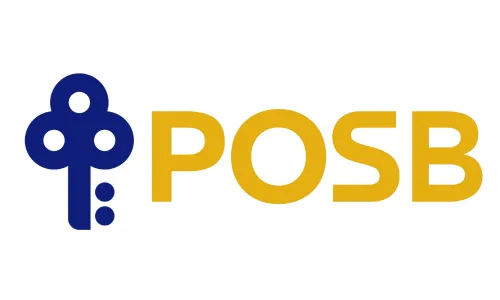Introduction
Keloids refer to scar tissues that overgrow and become much larger than the original wound. They usually form in the area of skin injury. Although it is common for a scar to become slightly thick and raised, keloids tend to spread beyond the original area of skin damage and may become permanent.
They tend to form where surgery, trauma, acne, vaccinations, blisters, or body piercings have injured the skin. Sometimes, keloids can even develop spontaneously without any obvious trauma to the skin.
The exact cause of keloids is not fully understood, but most of them tend to form in areas where there is an overproduction of the skin’s structural protein known as collagen. While skin trauma appears to be the most common trigger for keloid formation, these scars can also form for no apparent reason.

Treatment
Steroids
The simplest is the application of a steroid-containing tape (Haelan tape) which is worn day and night for extended periods. Strong steroids such as Triamcinolone can be injected into the scar itself. It is usually given as a course at 4 to 6 weeks intervals. Severe keloids may regress with this treatment but later recur requiring further injections.
CO2 Laser
The use of CO2 laser treatment to reduce discoloration and redness in mature keloids. This treatment option is also used to correct uneven skin tone caused by keloids and minimize the appearance of stretch marks.

One of the most effective ways of dealing with keloids is combining more than one treatment option. A combination of steroid injections and pulsed dye laser treatments is sometimes recommended. The steroid injections will reduce scar formation and inflammatory response while the pulsed dye laser treatment reduces blood supply to the area.
Keloid Injection
Corticosteroid keloid injections are anti-inflammatory and are the most commonly performed procedure for keloid scars. They are injected directly into the keloid to reduce its size and prevent further growth. After one injection, the keloid usually reduces by 80 to 90% in size. Patients may undergo a second injection 1 month later for further improvement. Regular keloid injections 3 to 4 times a year are sometimes needed to maintain optimal results.
Laser Keloid Removal
Ablative lasers like the CO2 laser can reduce the size and improve the appearance of keloid scars. It is normally used with keloid injections and is reserved for large or stubborn keloid scars that do not respond well to injections.









